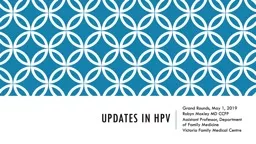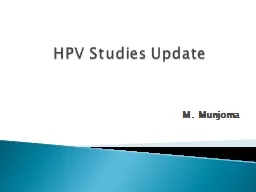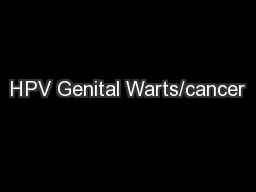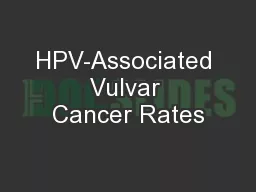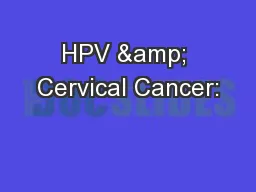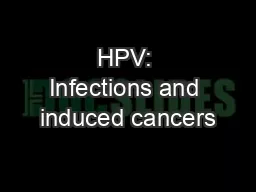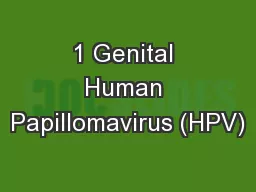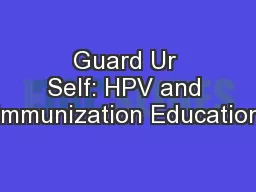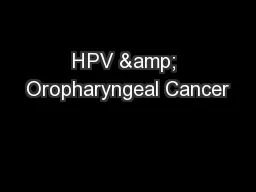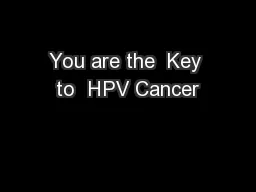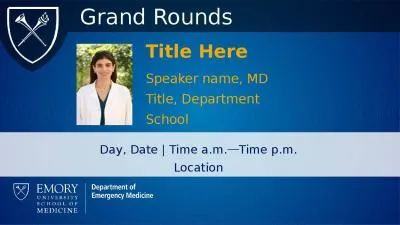PPT-Updates in HPV Grand Rounds, May 1, 2019
Author : briana-ranney | Published Date : 2020-04-03
Robyn Moxley MD CCFP Assistant Professor Department of Family Medicine Victoria Family Medical Centre Faculty Presenter Disclosure Faculty Robyn Moxley Relationships
Presentation Embed Code
Download Presentation
Download Presentation The PPT/PDF document " Updates in HPV Grand Rounds, May 1, 201..." is the property of its rightful owner. Permission is granted to download and print the materials on this website for personal, non-commercial use only, and to display it on your personal computer provided you do not modify the materials and that you retain all copyright notices contained in the materials. By downloading content from our website, you accept the terms of this agreement.
Updates in HPV Grand Rounds, May 1, 2019: Transcript
Download Rules Of Document
" Updates in HPV Grand Rounds, May 1, 2019"The content belongs to its owner. You may download and print it for personal use, without modification, and keep all copyright notices. By downloading, you agree to these terms.
Related Documents

